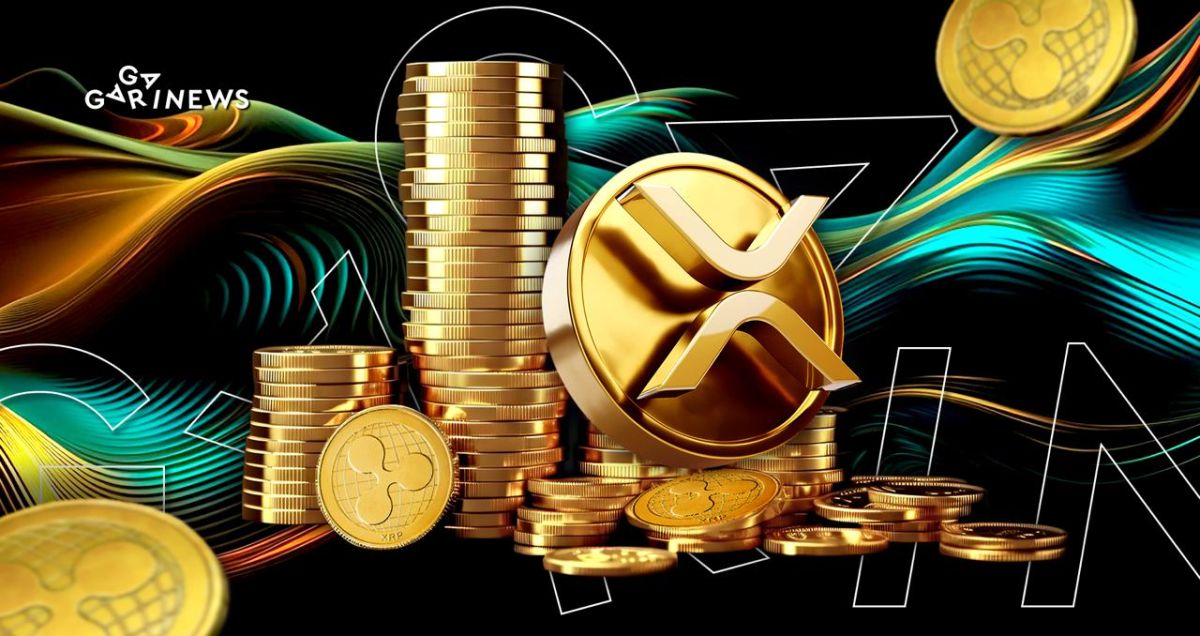XRP Escrow: What It Is and How It Works

Every month, the Ripple protocol automatically unlocks 1 billion tokens. However, this action doesn’t have a significant impact on the asset’s price or the number of XRP tokens in free circulation. How is it possible?
On this page
XRP's tokenomics operates on a programmed limitation of supply achieved through what is called “escrow.” Remember, the maximum possible supply of XRP is capped at 100 billion, with just over half of these tokens currently in circulation. Ripple's founding team holds 80 billion XRP, and out of this, 55 billion are secured in an Escrow system.
So why was the Escrow system introduced?
When Ripple locked away 55 billion XRP into the escrow protocol back in 2017, the plan was to unlock all of them over a period of 55 months. Meaning, if the initial unlock occurred on December 1, 2017, the whole process for all held tokens should have concluded by May 1, 2022. However, that didn't happen.
Legal complications stalled the project's progress and hampered its potential growth. To maintain the token's price and ensure a predictable inflow of new XRP into circulation, Ripple introduced an escrow mechanism. This mechanism involves further securing unused XRP in the protocol's standalone depositories. These are time-lock contracts that manage the release of XRP tokens based on pre-established conditions.
In practice, this means that the actual number of tokens issued could be less than 1 billion because any unused XRP tokens remaining at each month's end are transferred into a new escrow for future release.
Tokens are considered “unused” if they haven't been engaged in the company's commercial activities, meaning they haven't been transferred to other companies' addresses and haven't been added to the liquidity pool on cryptocurrency exchanges.
Therefore, the process of complete unlocking will extend considerably beyond 55 months, given that Ripple typically redirects a large part of the funds back into a new contract within the ledger (usually 600-700 million XRP each month).
Understanding the principle of escrow
The underlying technology of the project, the XRP Ledger, supports its multi-signature scheme to protect accounts with locked-in funds. The escrow system within the XRP Ledger serves two purposes:
- It allows the locking of funds that can be transferred to one of two accounts depending on specific conditions and a set timeline.
- It simplifies interledger transactions or cross-chain atomic swaps.
The escrow system comprises three types of transactions and one type of ledger entry. The “EscrowCreate” transaction is used to establish an escrow, resulting in a blockchain record that funds have been deposited. The escrow can then be either canceled or completed via the “EscrowCancel” or “EscrowFinish” transaction, respectively.
If the escrow is successfully completed, the enclosed XRP tokens are delivered to the final account. On the other hand, if the escrow is canceled, the XRP tokens return to the originating account. The ledger can set dates until which the transaction cannot be canceled or completed, as well as determine conditions that must be met to permit the completion of the escrow.
And if all this is put simply?
Imagine a locked safe holding about 55% of all issued XRP.
Over four and a half years, one billion tokens are released from this safe on the first day of every month. But their unlocking doesn't mean they automatically go into circulation.
If there are “extra” tokens left at the end of each month, they are placed in another locked safe to be opened in the future. Thus, Ripple constantly regulates the circulating volume of its assets.
To ensure the security of these storage facilities, Ripple uses multi-signature. It's like having several codes for the safe, and each can be changed without opening the door. This helps keep the XRP tokens secure. The code can be changed by whoever has the right to receive these tokens when it's time to unlock them. For example, a financial company that enters into a commercial contract with Ripple. Once the contract takes effect, the company unlocks these tokens, and they go to its partner without mixing with the total supply.
The content on The Coinomist is for informational purposes only and should not be interpreted as financial advice. While we strive to provide accurate and up-to-date information, we do not guarantee the accuracy, completeness, or reliability of any content. Neither we accept liability for any errors or omissions in the information provided or for any financial losses incurred as a result of relying on this information. Actions based on this content are at your own risk. Always do your own research and consult a professional. See our Terms, Privacy Policy, and Disclaimers for more details.

























